The Fokker Tri-Motor is a celebrated aircraft that made significant contributions to aviation history. Known for its distinctive design and versatility, it played a crucial role in both military and commercial aviation. From groundbreaking flights to notable pilots, the Fokker Tri-Motor’s legacy continues to captivate aviation enthusiasts around the world.
The Birth of the Fokker Tri-Motor
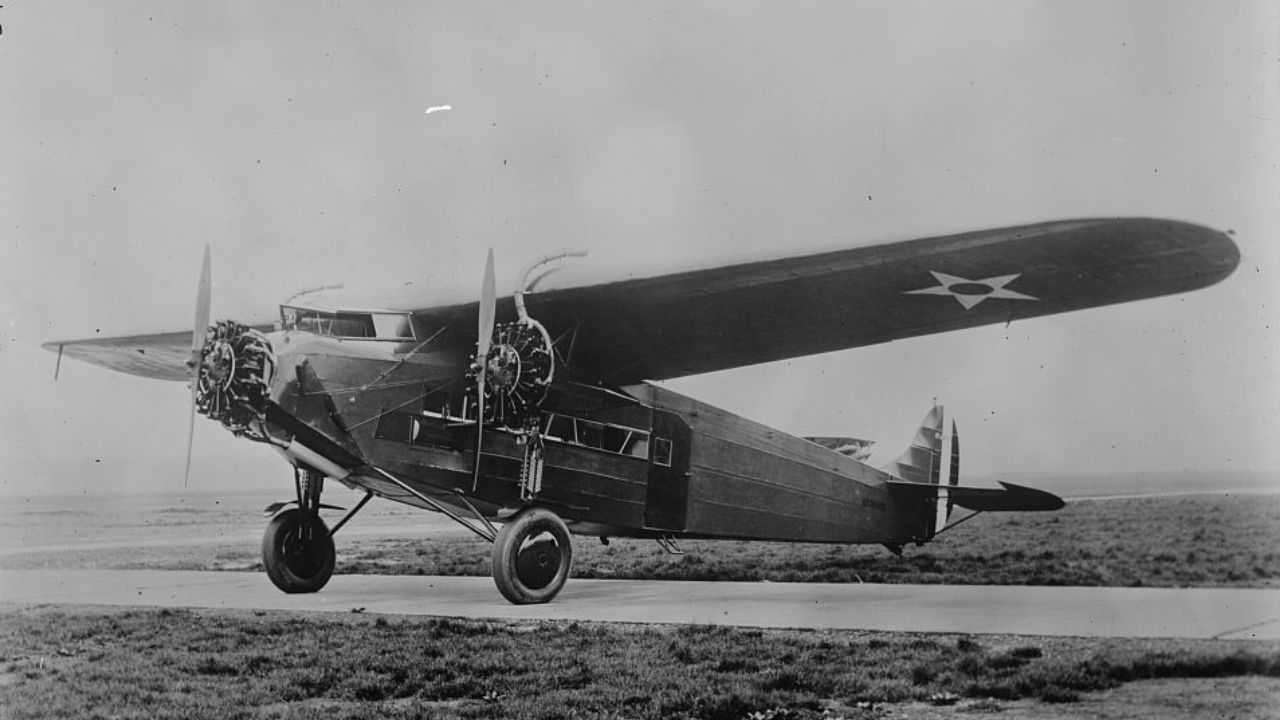
The Fokker Tri-Motor, also known as the Fokker F.VII, was designed by Dutch aircraft manufacturer Anthony Fokker in the early 1920s. Initially conceived as a single-engine aircraft, the design evolved into a tri-motor configuration to enhance performance and reliability. This aircraft quickly became popular for its robust construction and ability to carry larger payloads over longer distances.
Revolutionary Design: The Three-Engine Configuration
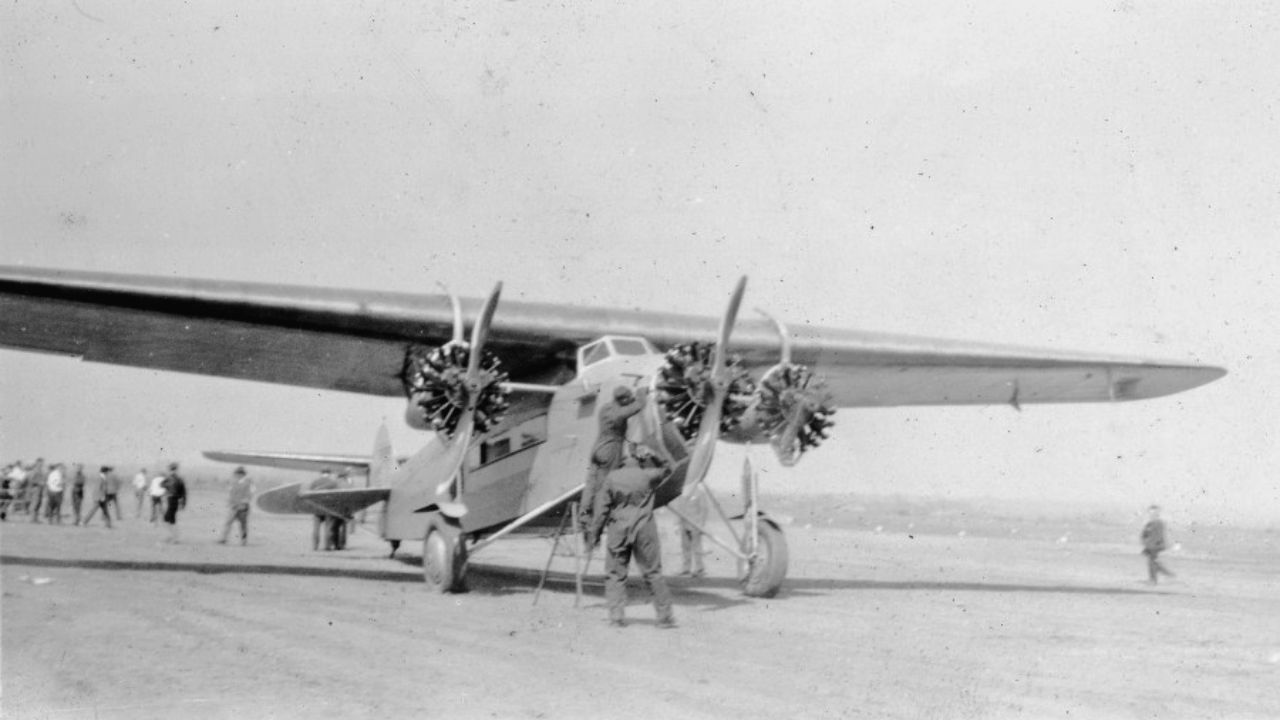
The Fokker Tri-Motor’s three-engine design was revolutionary at the time, providing increased power and safety compared to single-engine aircraft. This configuration allowed for longer flights and improved handling, making it a favorite for long-distance travel. The tri-motor setup also offered redundancy, as the aircraft could continue flying even if one engine failed, enhancing passenger and crew safety.
The Role in Aviation History
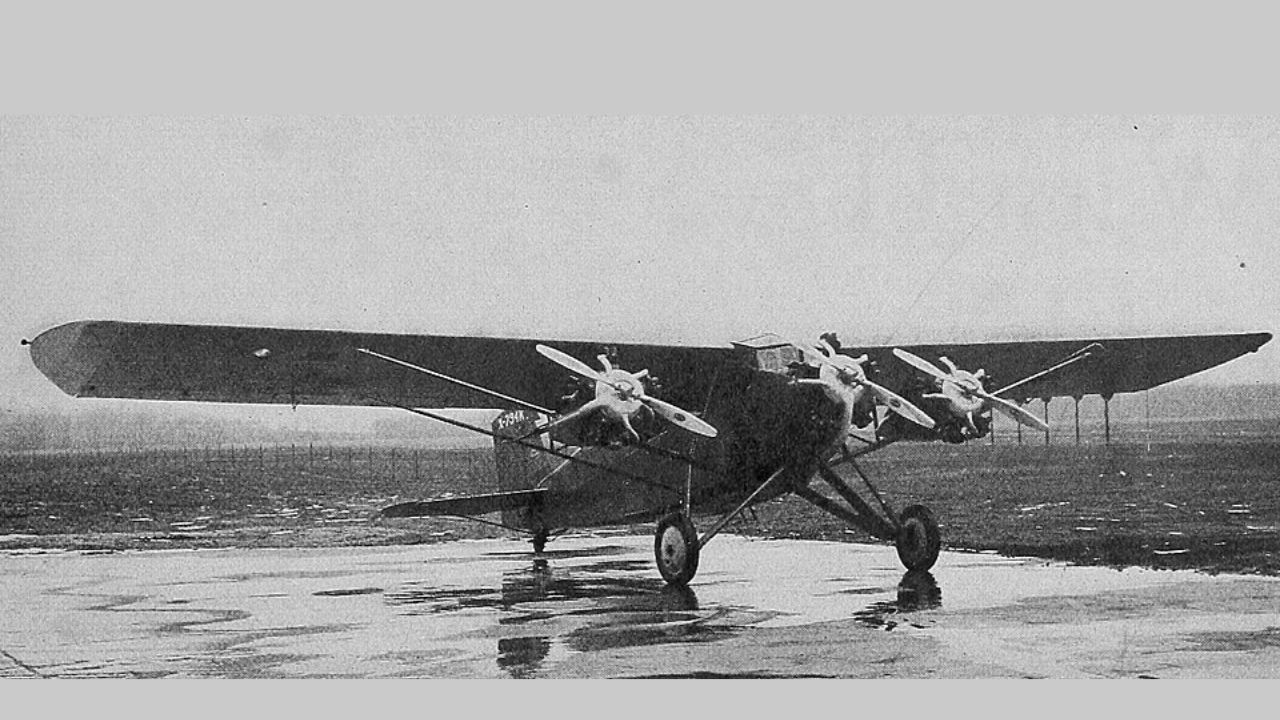
The Fokker Tri-Motor played a pivotal role in the advancement of aviation. It was one of the first aircraft to demonstrate the viability of scheduled passenger flights, cementing its place in history as a trailblazer for commercial aviation. Its design and performance capabilities set new standards and paved the way for future aircraft developments in the industry.
Notable Flights and Expeditions
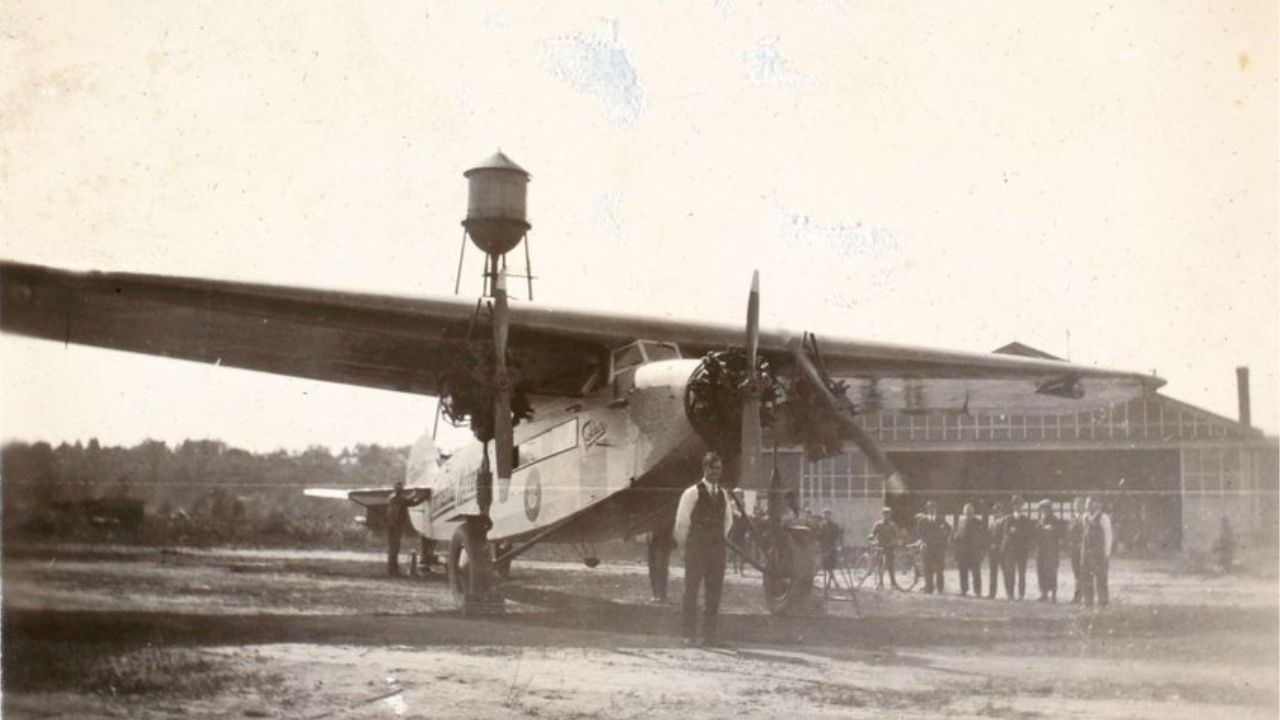
Throughout its operational life, the Fokker Tri-Motor was involved in several notable flights and expeditions. One of the most famous was Admiral Richard E. Byrd’s historic flight over the South Pole in 1929. This successful expedition demonstrated the aircraft’s capability to operate in extreme conditions, further proving its reliability and versatility.
The Fokker Tri-Motor in War and Peace
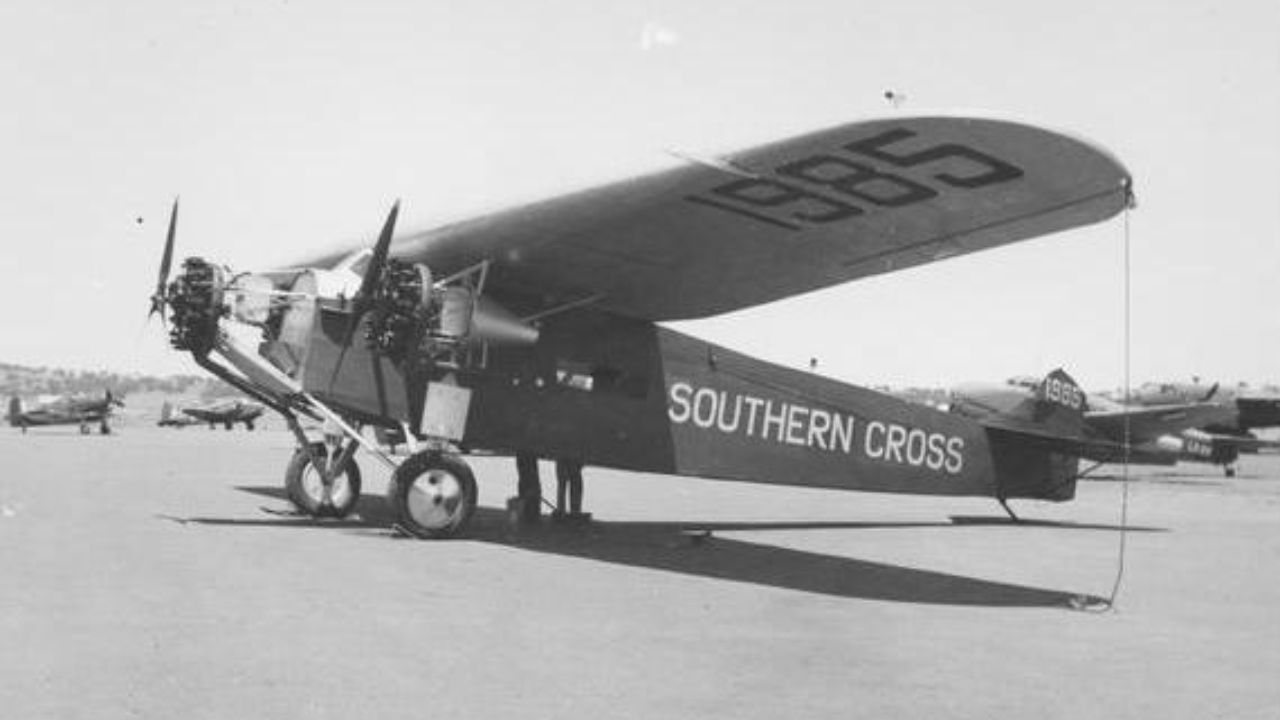
During its service, the Fokker Tri-Motor was utilized in both military and civilian roles. In wartime, it served as a transport aircraft, providing essential logistical support. In peacetime, it was instrumental in establishing air mail routes and passenger services, contributing significantly to the growth of global aviation networks.
Famous Aviators and the Fokker Connection
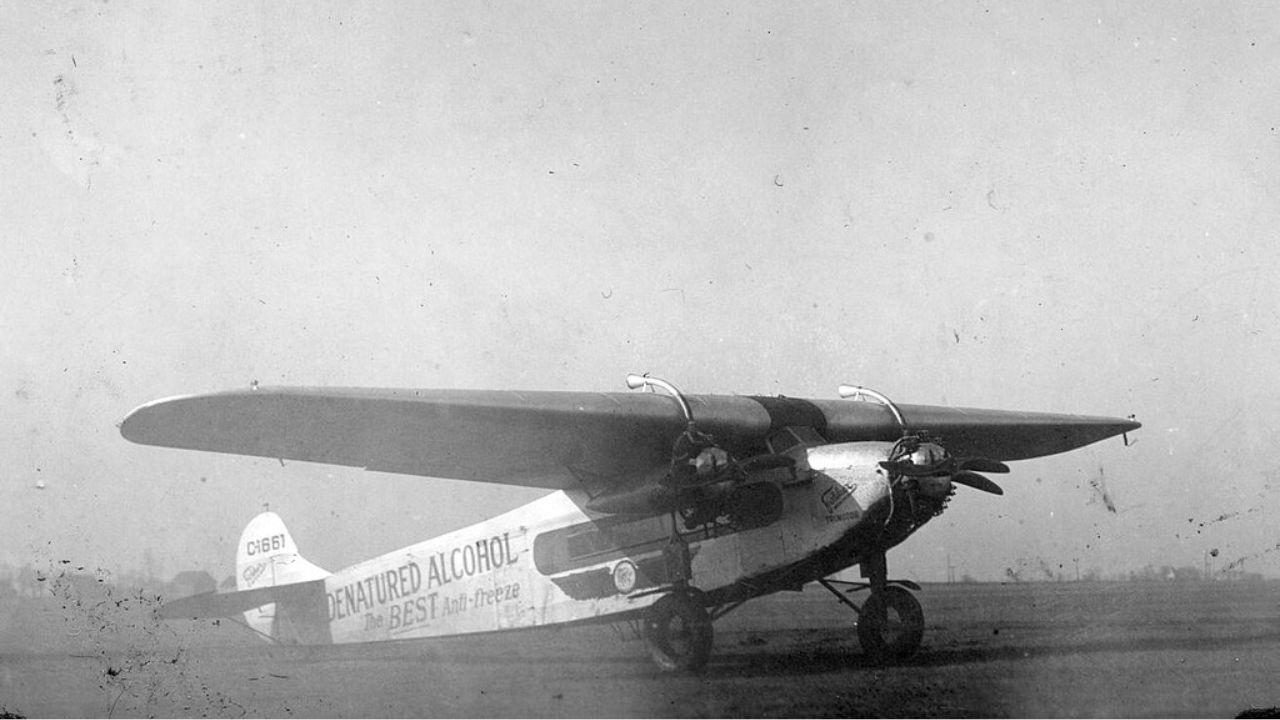
Several renowned aviators have piloted the Fokker Tri-Motor, enhancing its storied reputation. Among them is Amelia Earhart, who flew a Fokker F.VII in 1928, becoming the first woman to fly across the Atlantic as a passenger. The aircraft’s association with such iconic figures further solidified its place in aviation lore.
Technological Innovations and Legacy
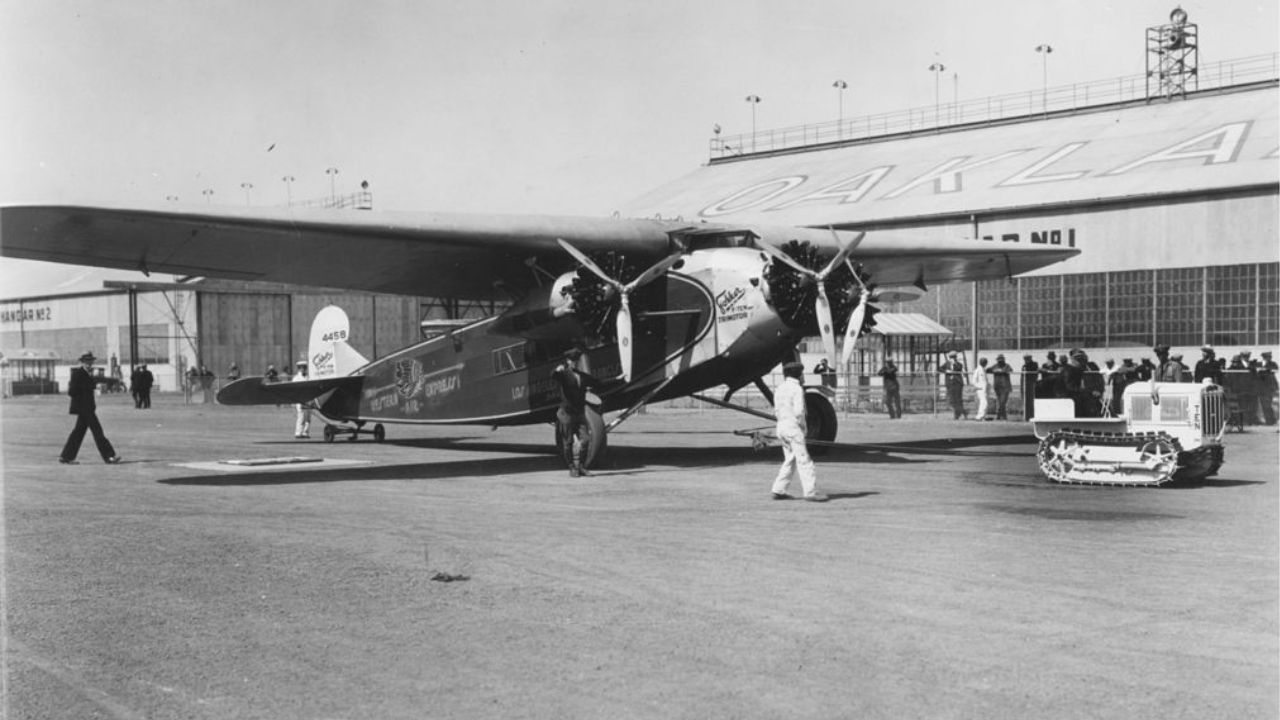
The Fokker Tri-Motor introduced several technological innovations that influenced future aircraft designs. Its use of semi-monocoque construction improved aerodynamics and structural integrity. This innovation, along with others, contributed to the aircraft’s enduring legacy, influencing the development of more advanced and efficient aircraft in subsequent decades.
The Impact on Commercial Aviation
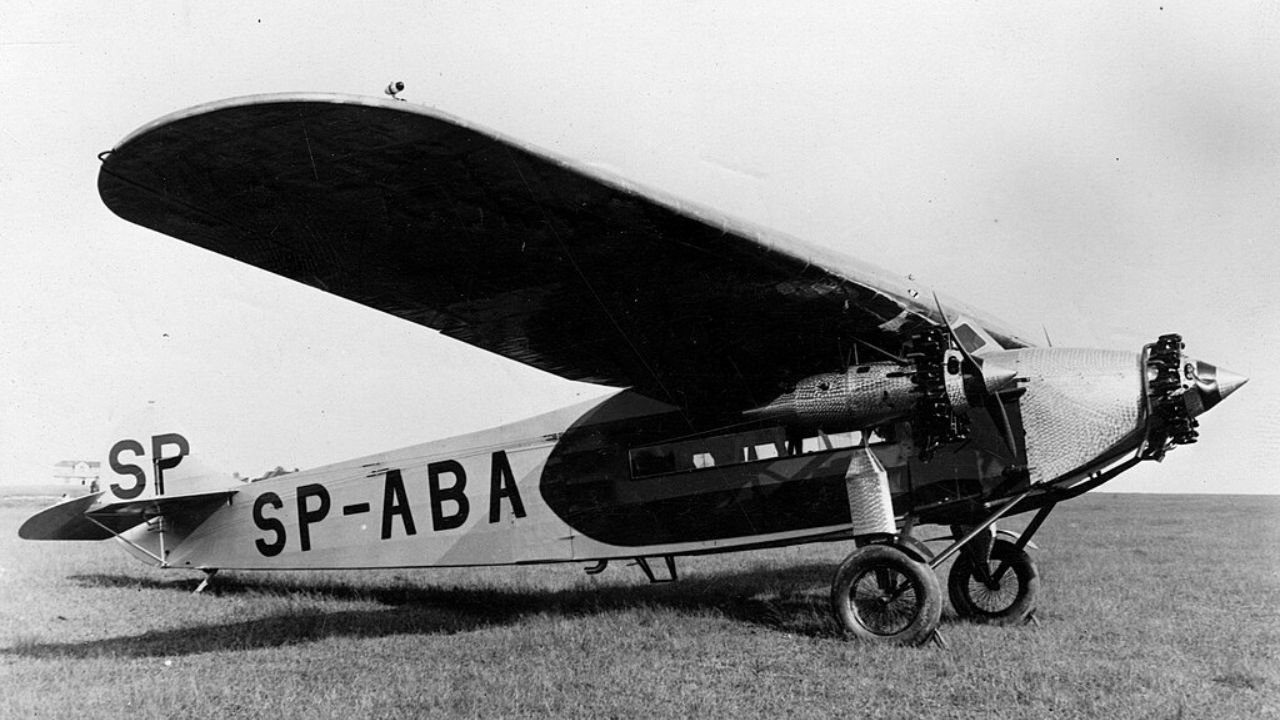
By proving the feasibility of scheduled air travel, the Fokker Tri-Motor had a profound impact on commercial aviation. It helped establish early air routes and significantly increased public confidence in air travel, setting the stage for the rapid expansion of the airline industry in the following decades.
Restoration and Preservation Efforts
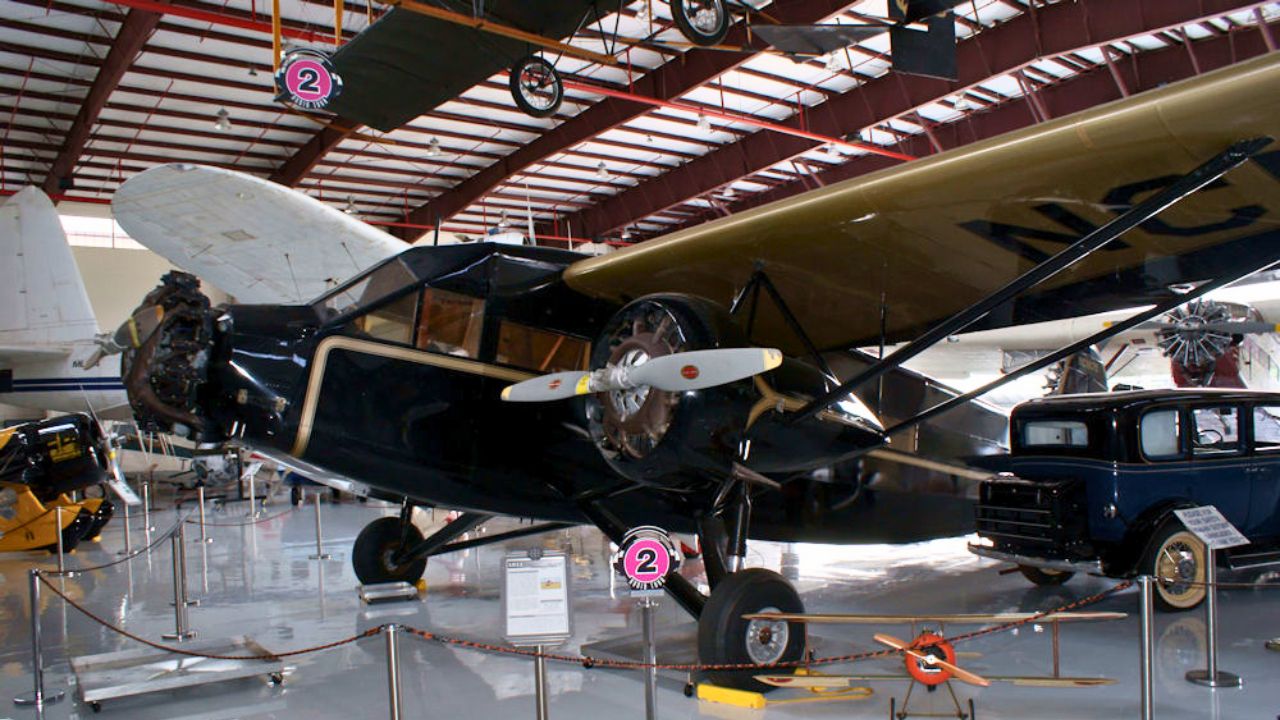
Today, the Fokker Tri-Motor is a cherished piece of aviation history, with several examples preserved in museums around the world. Restoration efforts have been undertaken to maintain these aircraft, allowing future generations to appreciate their historical significance and admire the engineering marvels of early aviation.
The Fokker Tri-Motor in Popular Culture
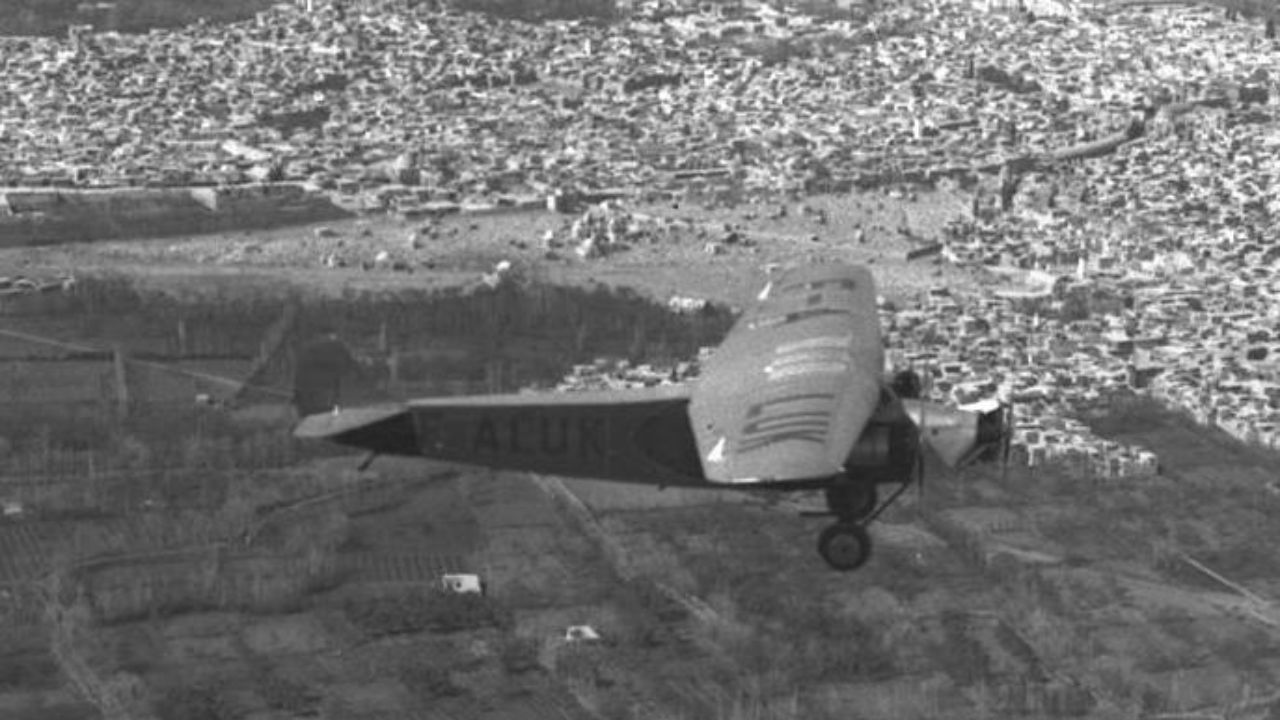
The Fokker Tri-Motor has made appearances in various forms of popular culture, from films to documentaries, highlighting its iconic status. Its distinctive design and historical importance have made it a popular subject, ensuring that its legacy continues to be celebrated and remembered by aviation enthusiasts and the general public alike.
Here’s more from us:
*Created with AI assistance and editor review.

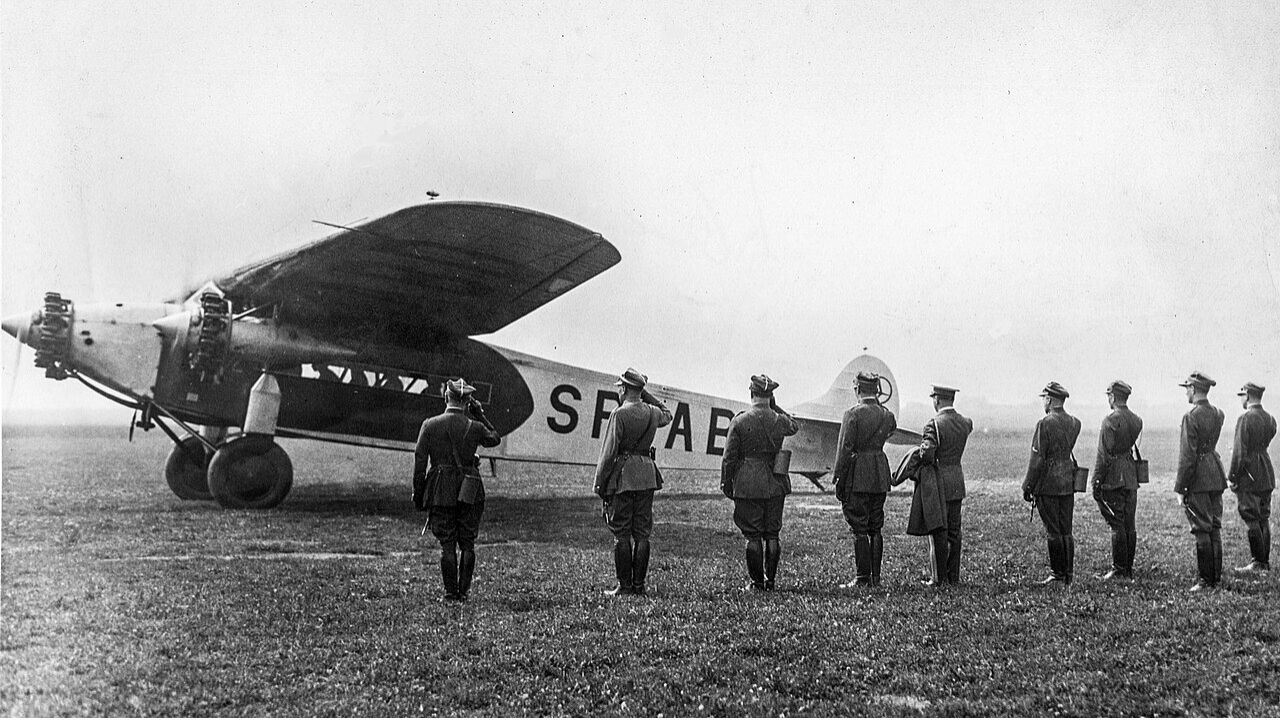

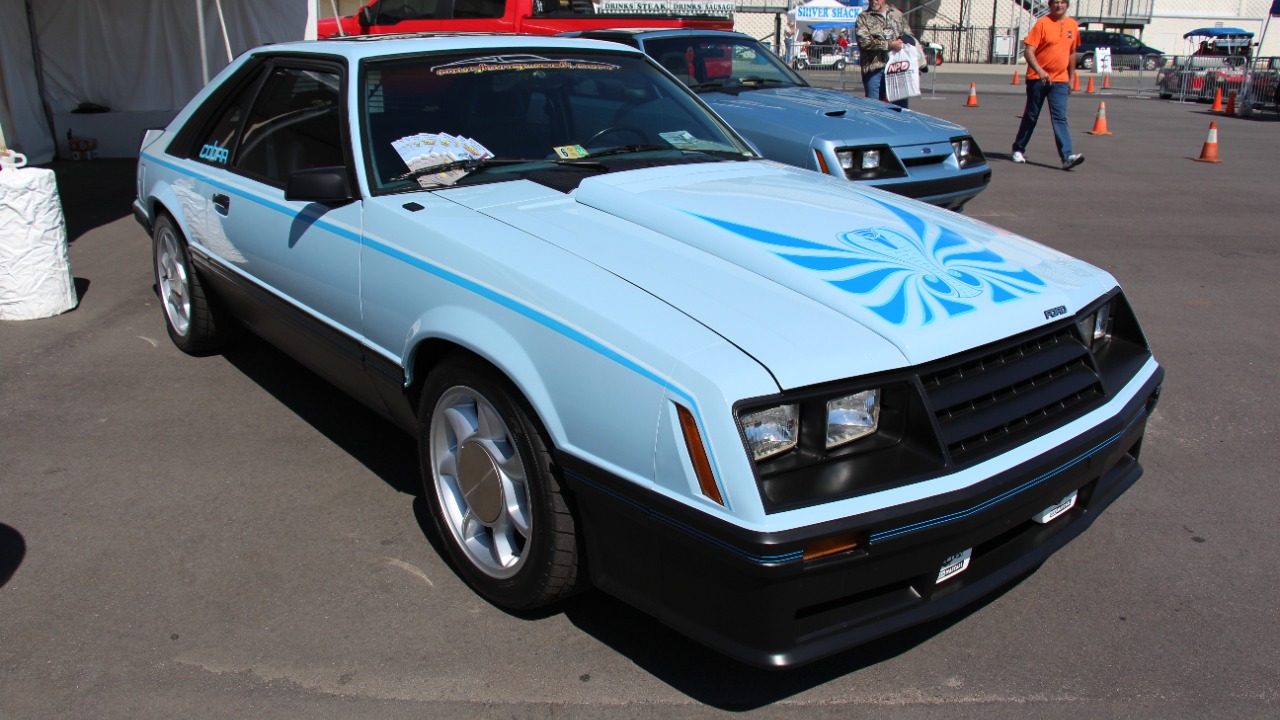


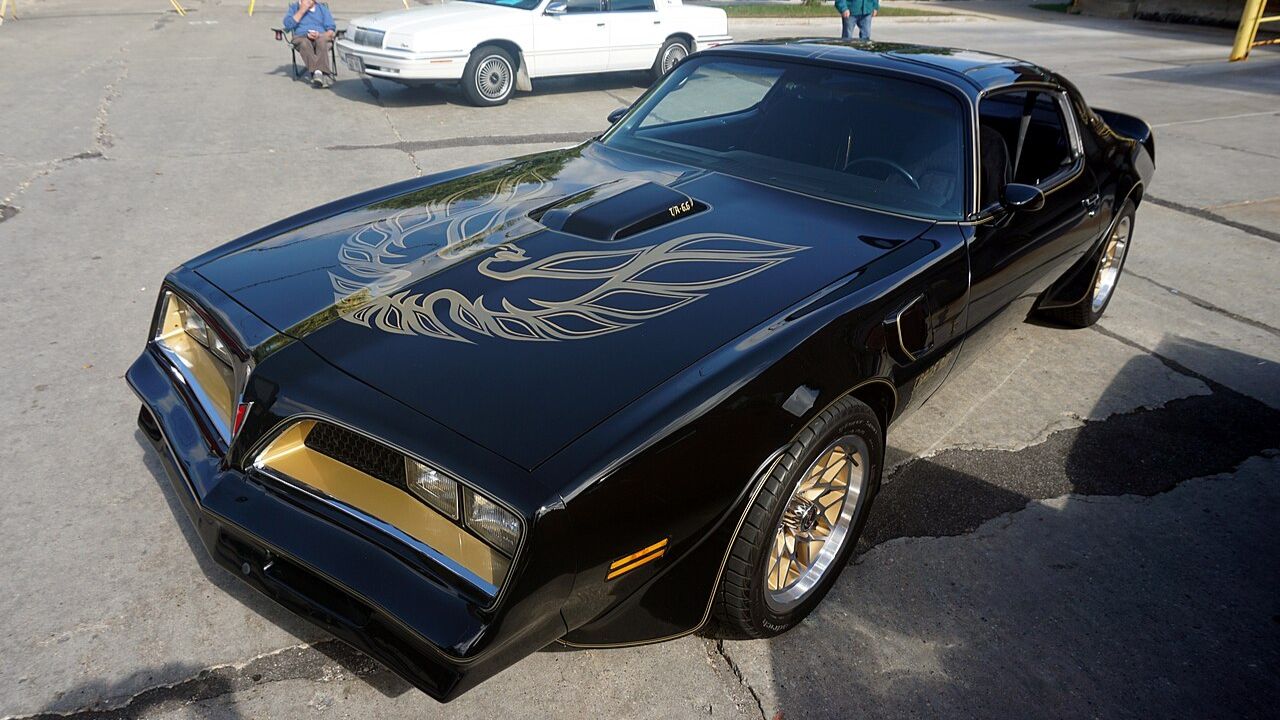
Leave a Reply